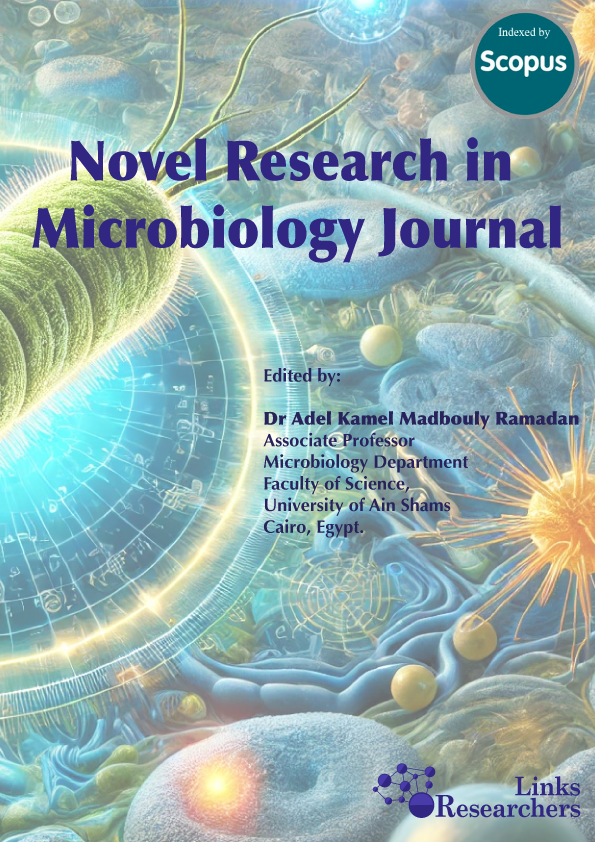Ghulam Ali Bajwa and Muhammad Arshad Khan
Murtaza Ali*, Yasser Durrani and Muhammad Ayub
M. D. Maji, N.K.Das, S. Chatterjee, A. Ghosh and A.K. Bajpai
Gulnaz Ismaylova
Nausheen Irshad1, Maria Akhter1, Tariq Mahmood2*, Faraz Akrim3, Muhammad Rafique Khan1 and Muhammad Sajid Nadeem4
Sharon Zulfiqar1, Mubashar Hussain1*, Kiran Aftab1, Muhammad Faheem Malik1, Rizwan Khursheed2, Somia Liaqat1 and Maimoona Kanwal1
Ghulam Ali Bajwa1*, Zahid Rızwan2 and Muhammad Atıf Majeed1
Ishtiaq Ahmad1*, Muhammad Nafees1, Maryam2, Irfan Ashraf3, Ambreen Maqsood4 and Muhammad Saqib5
Naila Shahzadi1, Hafiz Muhammad Tahir1*, Azizullah1, Muhamamd Farooq Bhatti2, Shaukat Ali1, Muhamamd Summer1 and Farman Ahmad Chaudhary3
Aamir Ali, Hafiz Muhammad Tahir*, Azizullah, Shaukat Ali, Muhammad Summer, Ali Haidar Gormani, Saira Nawaz and Ayesha Muzamil
Muhammad Ali1*, Rukhsana Perveen2, Khalil Ahmed3, Ghulam Raza1, Muhammad Akbar1, Maisoor Ahmed Nafees3 and Muhammad Ayub4
Aamir Ali, Hafiz Muhammad Tahir*, Azizullah, Shaukat Ali, Muhammad Farooq Bhatti, Muhammad Summer and Ali Haidar Gormani
Muhammad Salman1*, Naveed Ahmed2, Mir Manzar Ud Din3, Fazli Amin4 and Arsalan Ali5
The Sind plantations are still in their formative stage, their special problems are:
I. soil salinity combined with a high water table in the Ghulam Mohammad B...
Emad M. Gad1, Haidy G. Abdel-Rahman2, Mohy Eldin Abd-El-Fattah1, Merna M. Kamal1, Ahmed Shaker Eltahan3, Amina A. Dessouki3*
Amirreza Amirmijani Mahdieh Sadeghian Behanz Karimi
Bushra Mushtaq, Aamir Ali, Hafiz Muhammad Tahir*, Ayesha Muzamil, Hooria Ashraf Khan, Hamid Manzoor, Naveed Akhtar, Kiran Zainab











